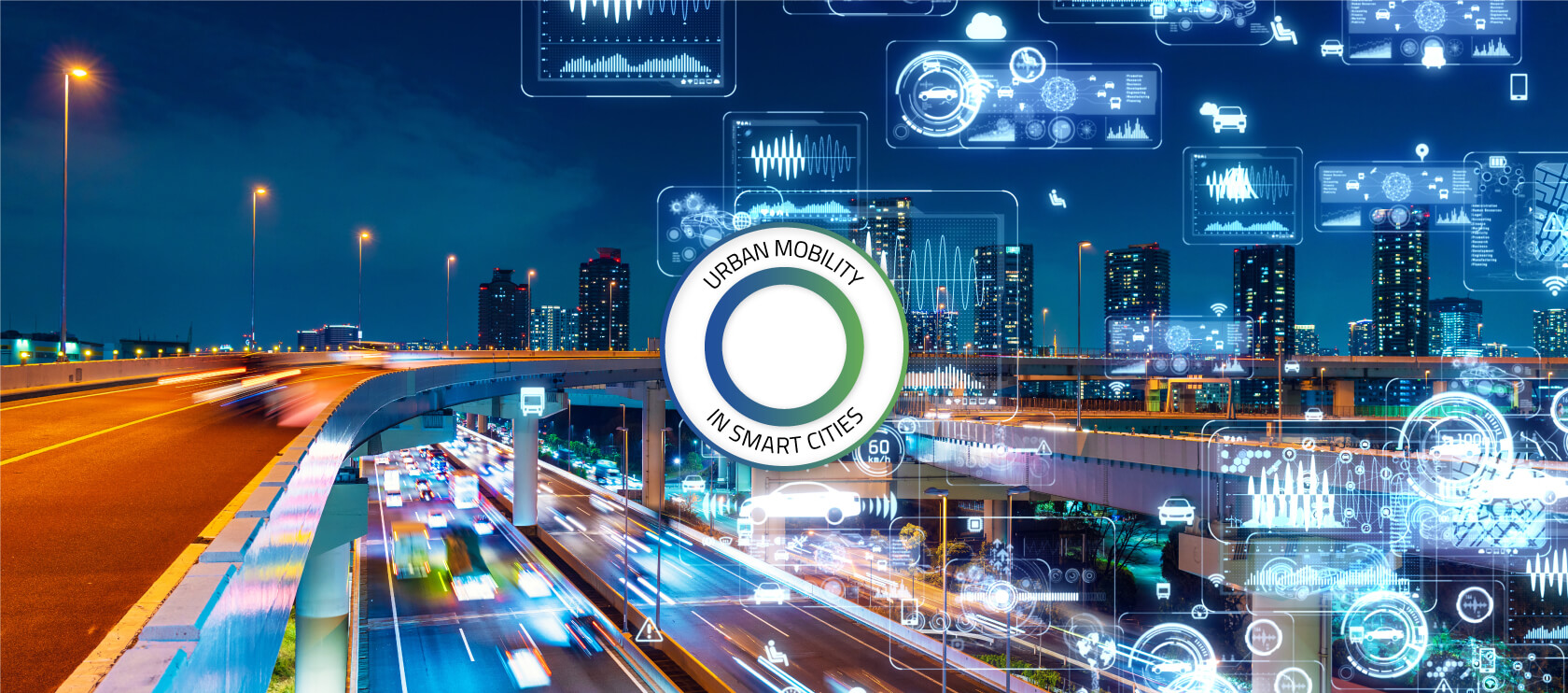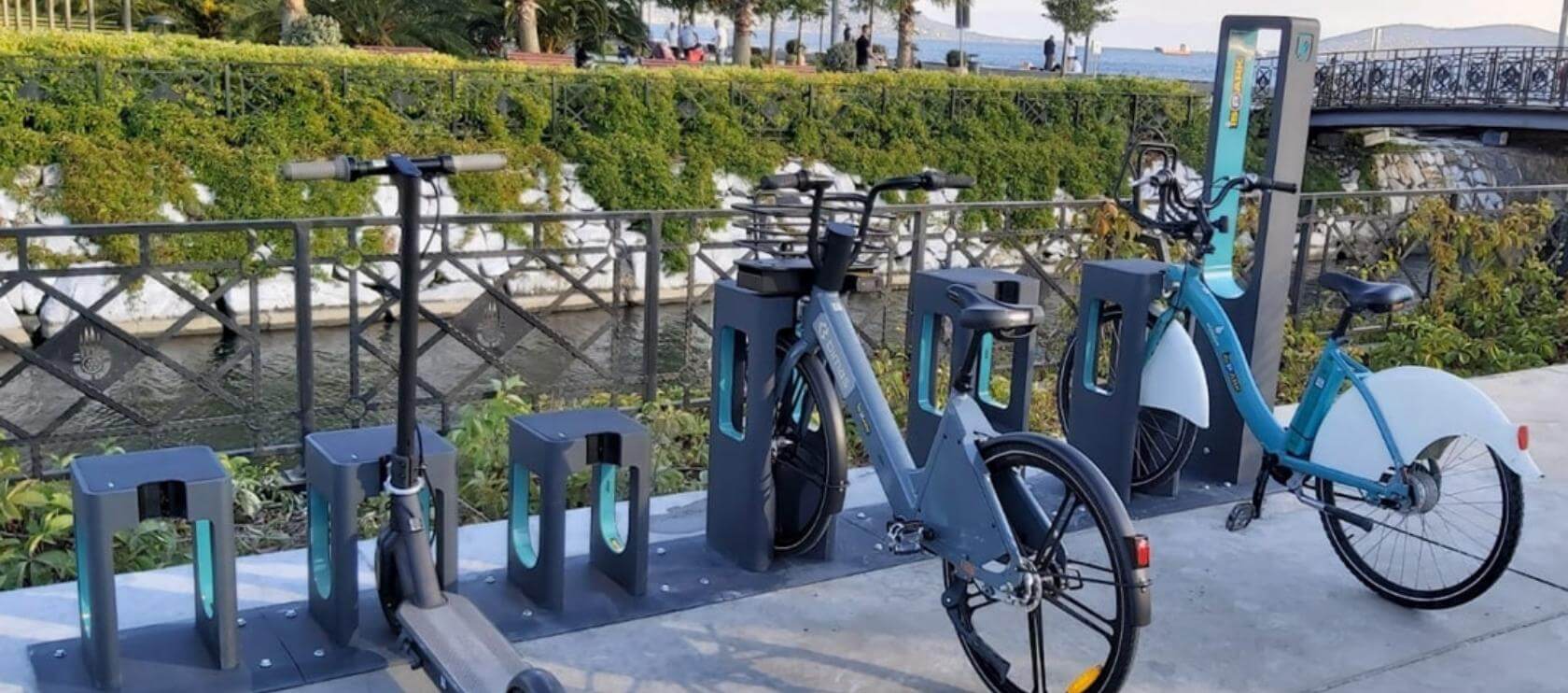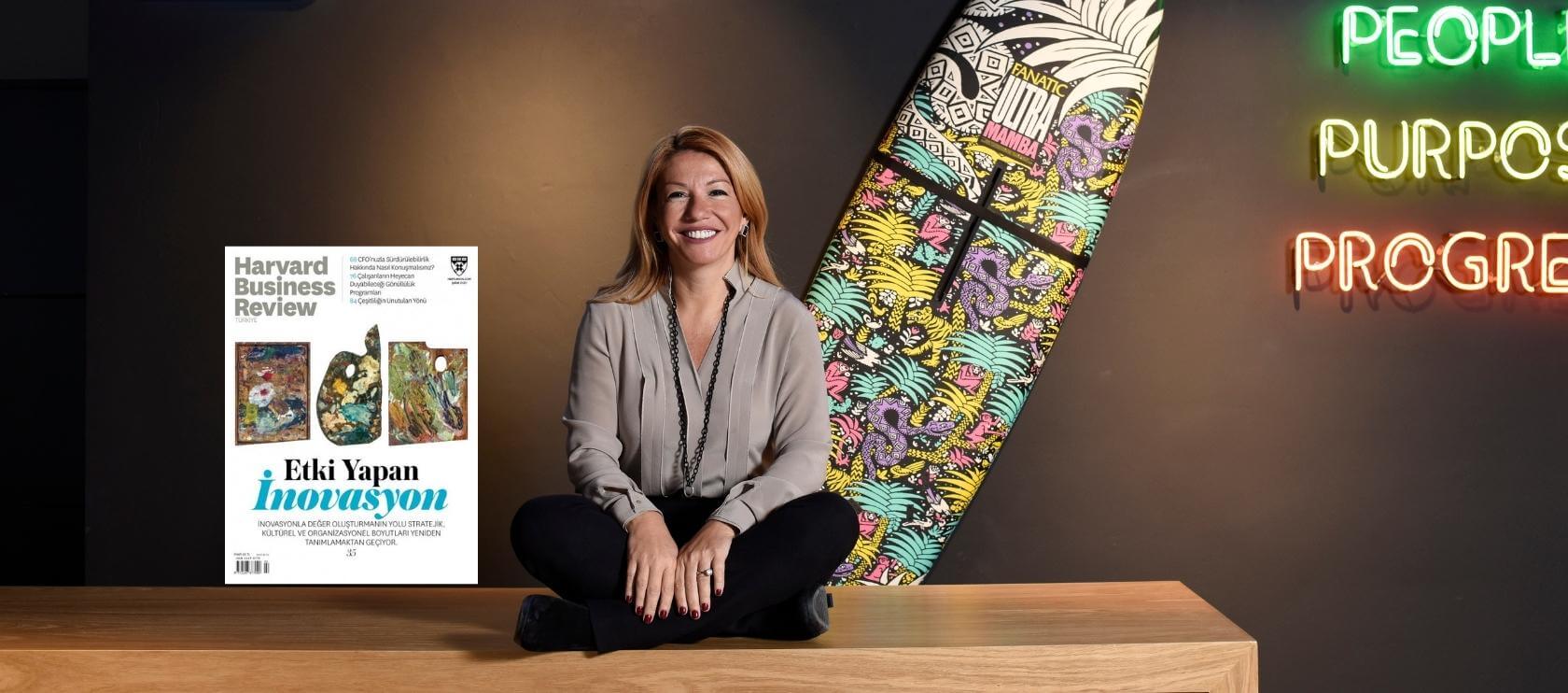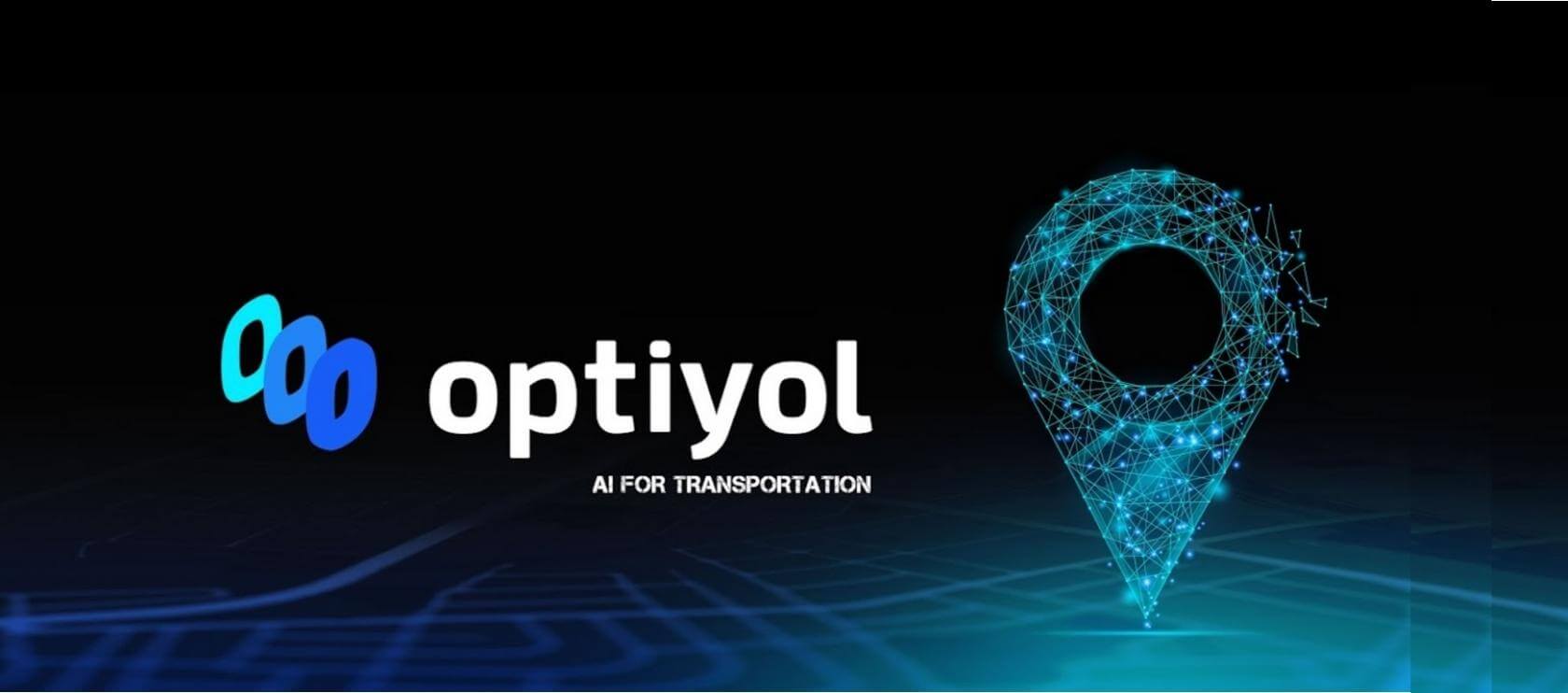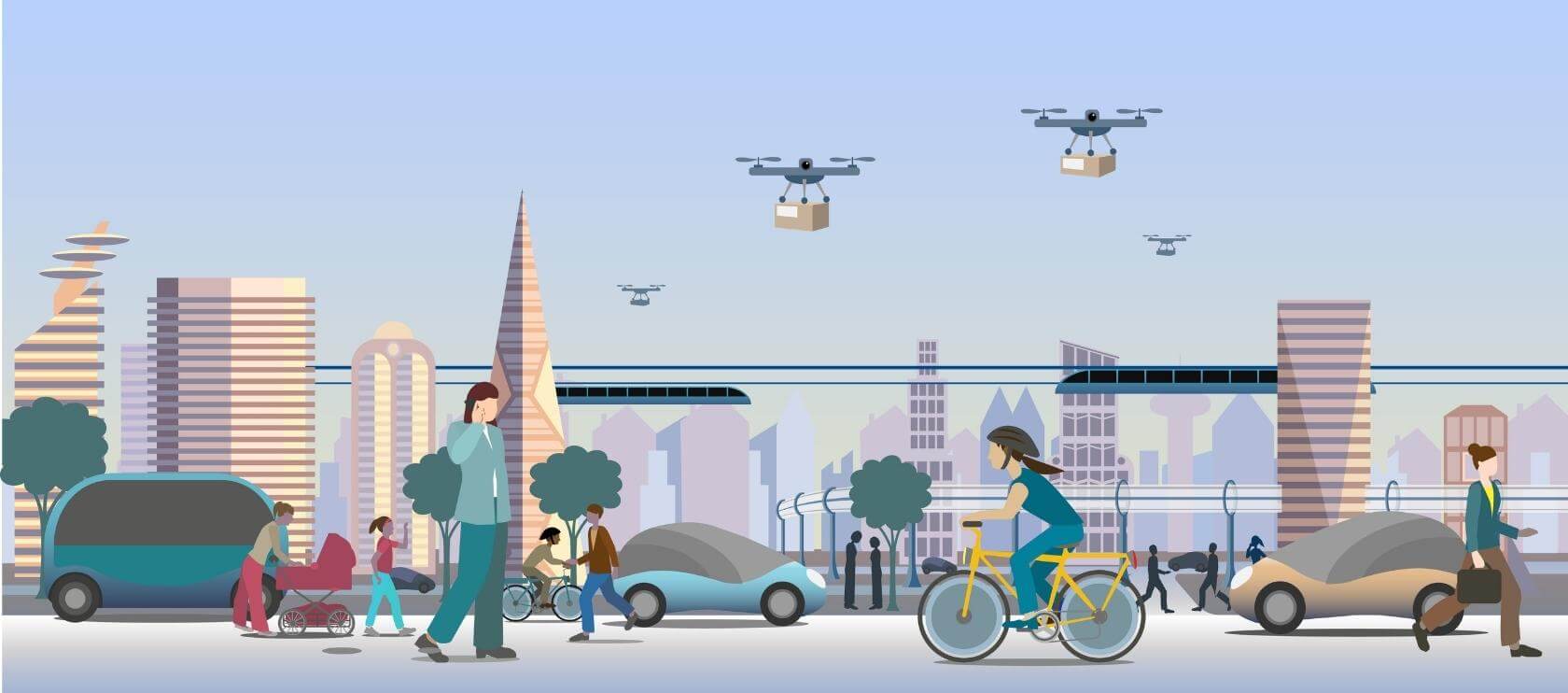ARTICLE
OBJECTIVE
As part of EIT Urban Mobility RIS HUB Turkey and Innomotion Accelerator Program activities, the “Urban Mobility in Smart Cities” workshop was held on December 20, 2021, in partnership with Fark Labs, PwC Turkey, and Sabancı University.
While building an urban mobility ecosystem along with relevant innovations, our common goals were creating awareness for urban mobility in Turkey, identifying problems, and developing applicable solutions towards increasing Turkey’s competence and efficiency in this field. We created 7 different workgroups for 7 themes defined by EIT Urban Mobility and held our first workshop with the support of the Technology Development Foundation of Turkey. Through the workshop themes, we asked the participants to draw the current framework of urban mobility in Turkey, identify the existing problems and setbacks of the field, and develop solutions for tackling those challenges. Bringing together varied perspectives and experiences in Fark Labs Istanbul office, we hosted a total of 48 people from municipalities, non-governmental organizations, universities, public institutions, private companies, and startups.
Themes
• Promoting active mobility methods (cycling, walking, etc.)
• Avoiding the negative impacts of urban mobility on health, safety, and the environment
• Developing urban logistics with a focus on last-mile transportation
• Improving public transport services
• Increasing the quality of public spaces
• Improving traffic flow management
• Improving transfer processes between modes of transport
As a result of the workshop, this report will provide information on the problem areas and the proposed solutions identified by the participants.
PARTICIPANTS
Since the urban mobility field should be handled in a multidisciplinary fashion, the workshop participants were selected to represent the relevant stakeholder types of the ecosystem. And the workgroups were formed in the diversity of workshop themes.
Representatives from the following institutions and organizations participated in the workshop:
Municipalities & Subsidiaries
- Istanbul Metropolitan Municipality
- Izmir Metropolitan Municipality
- Ankara Metropolitan Municipality
- Istanbul Planning Agency
- Istanbul Information and Smart City Technologies (İSBAK)
Non-governmental Organizations
- Cyclists Association
- Marmara Municipalities Union
- UNDP Accelerator Labs
- Street Belongs to Us Association
- Technology Development Foundation of Turkey
Public Institutions
- Ministry of Transport and Infrastructure
- PTT (Turkish Postal Services)
- TCDD (Turkish Railways)
- General Directorate of Highways (KGM)
- Netherlands Consulate General in Istanbul
Universities & Research Institutes:
- Electrical and Electronic Technologies Group (TÜBİTAK)
- Turkish Management Sciences Institute (TÜBİTAK)
- Okan University
- Sivas Cumhuriyet University
- Sabancı University
- TED University
Private Companies
- Ford Otosan
- Brisa Bridgestone
- Fark Labs
- Mimlab Architecture
Start-ups
- HOP! Scooter
- ISDD
- MobiQu
OUTPUTS
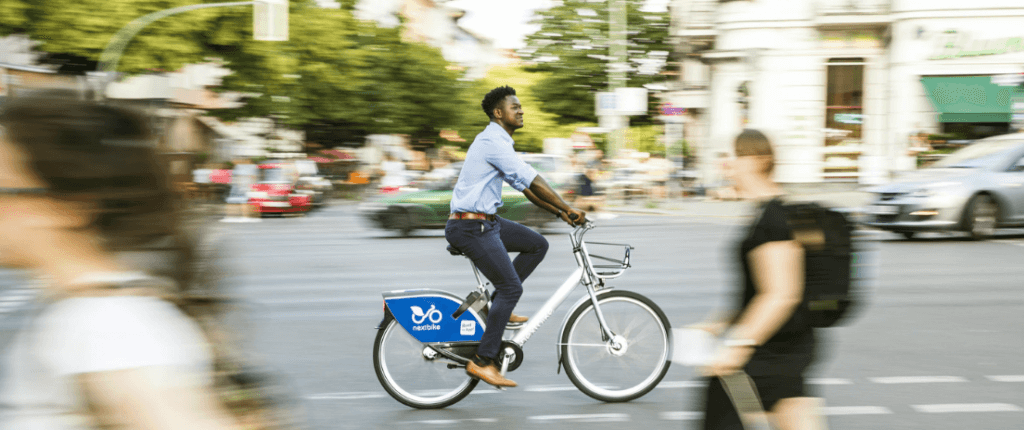
Theme #1: Promoting active mobility methods (cycling, walking, etc.)
Main Problem: The theme is discussed under the topics of individuals, the public, and local authorities. Two major problems stifling the development were identified:
- The highway-centric design of urban spaces and transportation networks prevents the use of public spaces by pedestrians and cyclists.
- There is not enough awareness of pedestrian and bicycle transportation as a fundamental urban right. And, lack of demand prevents the prioritization of active transportation.
Proposed solutions: The significance of infrastructure, social policies, academic studies, finance, and international collaborations was addressed while generating solutions. The proposed solutions were as follows:
- Transport networks should be designed to include active transportation methods right from the start.
- Advertising and support campaigns encouraging greater active transportation should be created for behavioral change of citizens. Positive impacts of active transportation on health should be mentioned, and tactical urbanism should also be emphasized. For instance, cyclists in Izmir can get on the ferries for free.
- Academic studies on active transportation should be encouraged and it should be ensured that such studies are deployed in the urban planning process.
- Legislation should be established with standardization and regulations so that the efforts of public institutions and municipalities will be accelerated and supported.
- Training programs should be developed for employing skilled and expert personnel who can play a role in the design and implementation of active transportation methods.
- Bicycle and pedestrian paths should be designed more systematically and transformed into safe zones.
- Parking problems should be prevented by creating indoor and outdoor bicycle parking spaces.
- Tailored pieces of training and communication for different ages should be delivered for increasing the awareness of bicycle transportation and transportation safety.
- Bicycle-sharing systems should be integrated into urban transportation.
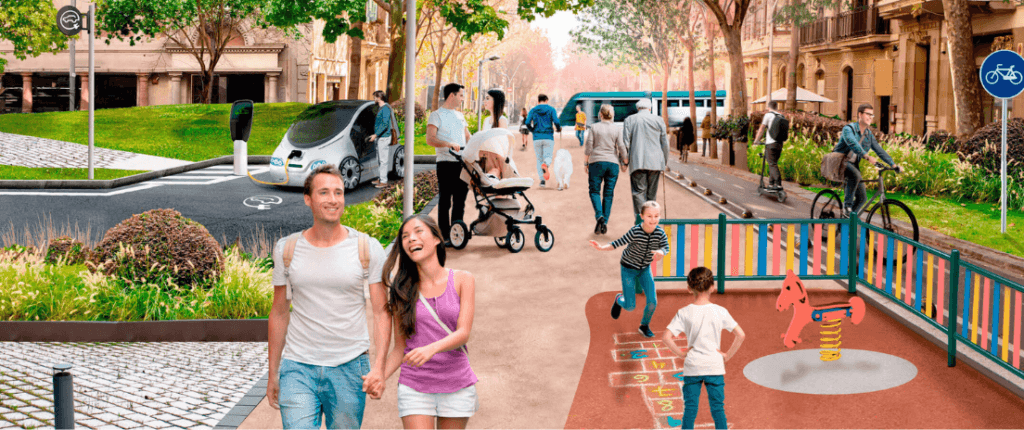
Theme #2: Avoiding the negative impacts of urban mobility on health, safety, and the environment
Main Problem: The workgroup pointed out that the main factor causing the negative impacts of urban mobility on health, safety, and the environment is infrastructure. Existing problems related to infrastructure were also highlighted under the topics of integration between energy and transportation networks, transition to electric and hybrid vehicles, micro-mobility, and pedestrian transportation. Additionally, insufficient national and local incentives were discussed.
Proposed solutions: Elimination of infrastructure problems, transition to electric and hybrid vehicles, the use of micro-mobility vehicles, clean energy production, and pedestrian-oriented transportation were addressed while generating solutions. The proposed solutions were as follows:
- Information and communication management should be designed for changing the travel behaviors of citizens and encouraging them toward clean and pedestrian transportation.
- Infrastructure works should be prioritized for accelerating the transition to electric and hybrid vehicles. And new operations should be initiated to produce electricity from renewable sources.
- New urban transportation systems should be developed where micro-mobility vehicles can be easily integrated.
- New technologies and strategies should be employed for increasing the charging capacity of micro-mobility vehicles.
- New incentives should be introduced to promote micro-mobility and electric vehicles locally and nationally.
- Adoption of charging stations in transportation networks should be encouraged to ensure integrity in the transportation network and facilitate the transition between networks.
- Transportation networks and infrastructure systems should be designed and planned with a pedestrian focus.
- Local production and use of renewable energy should be endorsed.
- Academic studies on the reuse of batteries should be encouraged and practices for recycling should be adopted.
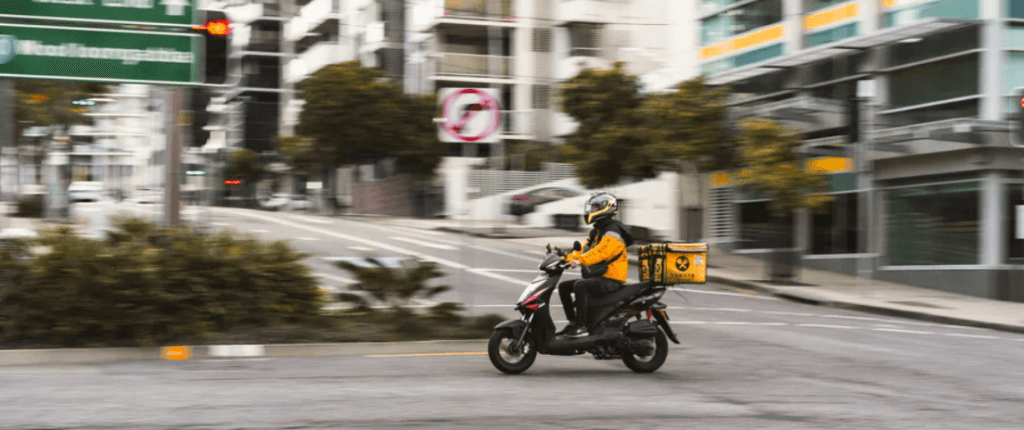
Theme #3: Developing urban logistics with a focus on last-mile transportation
Main Problem: The workgroup identified two main problems: insufficient promotion of green logistics at the national level and lack of coordination and communication between ecosystem stakeholders. And, the workgroup also highlighted the lack of transfer centers that would enable more efficient logistics operations within the city.
Proposed solutions: The proposed solutions were as follows:
- A collaboration and technology development platform, which carries out studies on urban logistics, shares good practices, and brings together all stakeholders to seek solutions, should be established. Proposed Name: Turkish Green Logistics Initiative.
- By increasing the emphasis on “green logistics” in operations, regulations and legislation should be formulated with relevant communication campaigns.
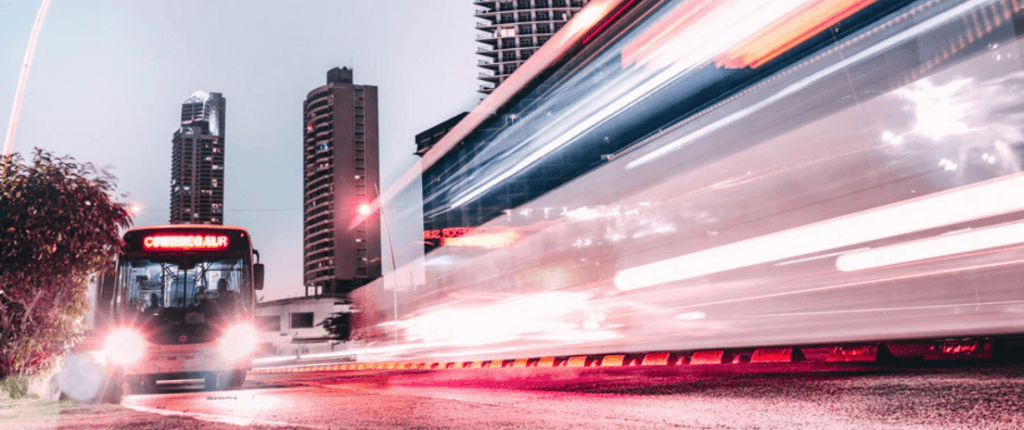
Theme #4: Improving public transport services
Main Problem: The workgroup identified the main problem as inadequate optimization and segregated structure of public transportation networks. The group also addressed that ignoring pedestrians and bicycles in urban planning creates a burden on public transportation networks.
Proposed solutions: The proposed solutions were as follows:
- A digital public transportation card that can be used throughout Turkey should be designed. A digital payment infrastructure should be developed by integrating the card into shared micro-mobility tools managed by municipalities and private institutions. For instance, it is possible to use public transport with the “Istanbulkart” mobile application in Istanbul.
- Collaboration between the central government and local governments should be strengthened to increase the quality of daily life.
- The transportation system should be optimized with data collection and data analysis in the light of scientific and technological developments.
- Means of transport such as taxis, mini-buses, buses, rail systems, shared vehicles, micro-mobility vehicles should be considered together in public transportation planning.

Theme #5: Increasing the quality of public spaces
Main Problem: The workgroup identified the main problem as the inability of public spaces to be people-oriented, inclusive, and suitable for active transportation.
Proposed solutions: The proposed solutions were as follows:
- Ecosystem stakeholders (NGOs, universities, research centers, and public institutions) and citizens should be included in the urban planning process.
- In urban planning, a scalable design and strategy that expands gradually from the neighborhood level should be implemented.
- Public spaces should be designed and planned in a people-oriented way rather than a vehicle and highway focus. Moreover, regions with vehicle access restrictions should be increased to expand pedestrian access.
- The efficiency of wide intersections on highways should be analyzed. The possibility of converting these areas for active public use should be considered.
- The durability of urban furniture should be increased and those items should be designed in a sustainable and eco-friendly way with circular economy principles.
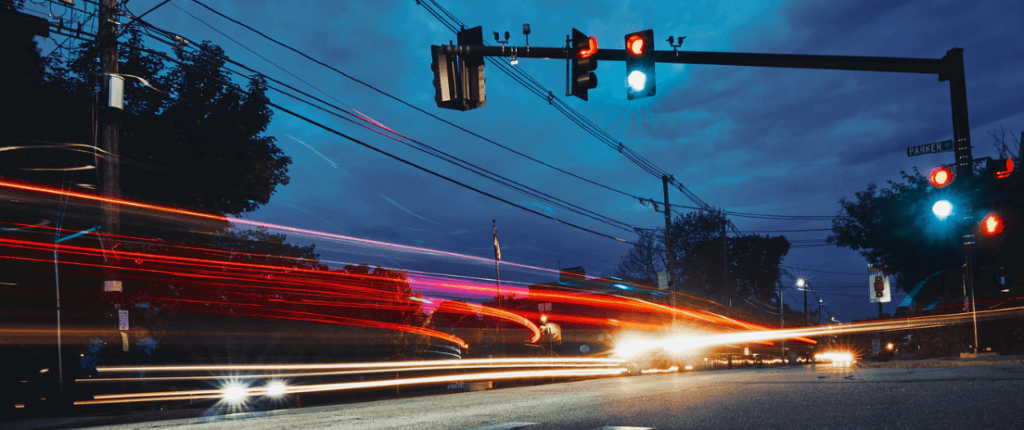
Theme #6: Improving traffic flow management
Main Problem: The theme was discussed under the topics of local governments, ecosystem collaborations, and digitalization. The identified problems were as follows:
- Management differences between the central government and local governments regarding smart public transport systems and the lack of an inclusive national system prevent the implementation of integrated and effective traffic flow operations.
- The fact that long-term strategies and roadmaps are not created in local governments, and that there are strategic differences in each management change, challenges long-term work in solving problems specific to the city.
- The inability to collect and use traffic data effectively hinders the acceleration of digitalization.
Proposed solutions: The proposed solutions were as follows:
- A human and pedestrian-oriented approach should be adopted as the basic principle in the traffic flow design.
- National smart transportation systems architecture should be designed; cooperative smart practices should be expanded on a local and national basis.
- In traffic flow management and planning, all relevant stakeholders of the ecosystem should be included in the process and collaboration should be encouraged.
- Citizens should be involved in the design and planning of a traffic flow strategy.
- The idea of “more technology” that leads to inefficiency in traffic flow management should be abandoned; design and technology should be combined efficiently.
- Open data should be disseminated at the national level; collected traffic data should be anonymized and made available to everyone. The use of data in academic studies and the development of new business ideas should be encouraged. The open data portal of Istanbul Metropolitan Municipality is a good example.
- Functional classification of highways should be designated in a more qualified way.
- Prioritization of public vehicles should be encouraged at intersections.
- The modern circular junction design, which is a safer urban road for pedestrians and cyclists, should be democratized.
- National standards for road and intersection design should be developed and shared with the public as open-source.
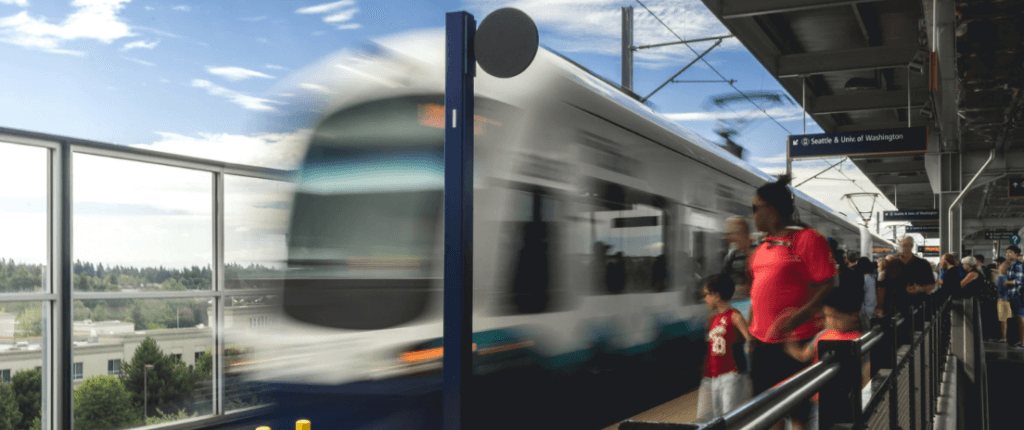
Theme #7: Improving transfer processes between modes of transport
Main Problem: The workgroup identified the inadequacy of integration between urban and intercity transportation as the main problem.
Proposed solutions: The proposed solutions were as follows:
- Inclusive planning (including pedestrian, micro-mobility vehicles, automobiles, public transport) should be employed to ensure integrity in the transportation network and facilitate the transition between different transportation networks.
- A payment system for public transportation should be designed at the national level.
A mobile application where data is processed and transferred on a national basis should be developed since the inaccessibility to the transportation and traffic data of intercity transports makes travel difficult. With this application, citizens will be able to get information from a central system based on live data of transportation, transfer, and traffic.
Download the full report here:
Related News
ARTICLE
From a corporate venture to a successful startup: DUCKT’s inspiring story
INTERVIEW
Harvard Business Review – Our strategy: Dual Transformation
NEWS
Fark Labs, Born2Global & Sejong Technopark signed an MOU to support startups foray into Europe and Turkey
NEWS
OPTIYOL receives a new investment of 810 thousand dollars
REPORT
